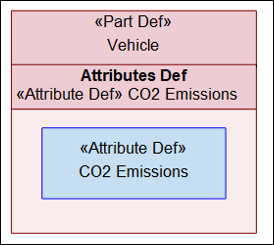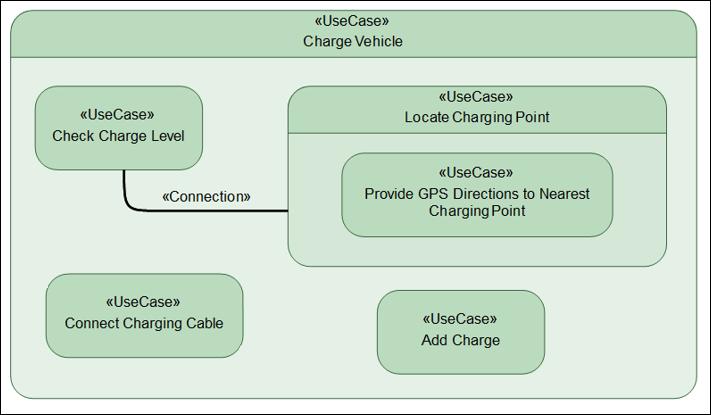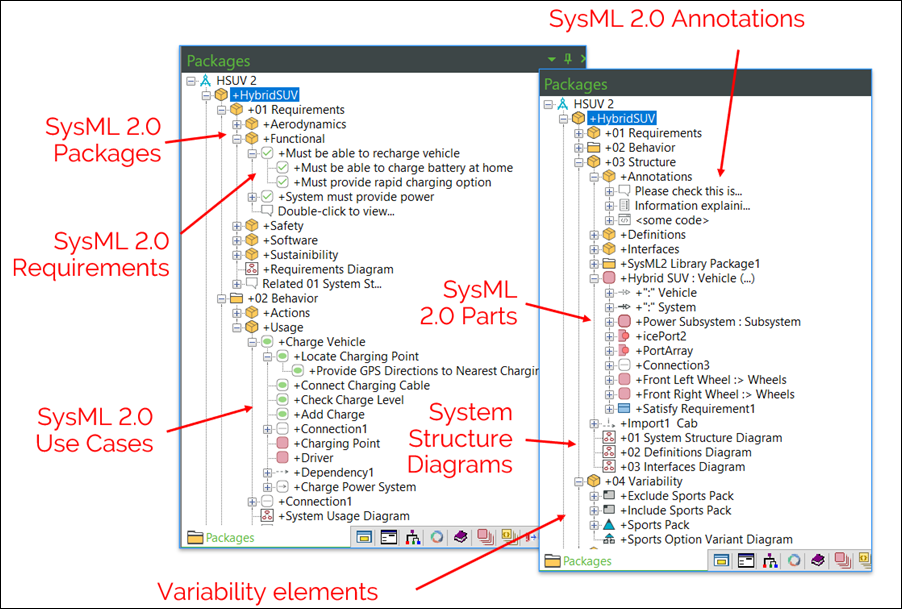Overview of SysML 2.0
According to Object Management Group® (OMG®), SysML 2.0 is a general-purpose modeling language for modeling systems that is intended to facilitate a model-based systems engineering (MBSE) approach to engineer systems.
SysML 2.0 is a successor of SysML that refines the concepts of SysML and improves and enhances its notational syntax. The improved syntax of the new version of systems modeling language consists of variations, quantities and units along with complex statements and expressions through its textual as well as graphical notations. SysML 2.0 is less ambiguous and provides improved modeling aids to systems engineers.
SysML 2.0 aims to improve the following:
• Precision and expressiveness of the language
• Consistency and integration among language concepts
• Interoperability with other engineering models and tools
• Usability by model developers and consumers
• Extensibility to support domain-specific applications
• Simplicity and ease of use
SysML 2.0 Key Concepts
The following are some key concepts
Namespaces
Namespaces are containers that contain other elements and namespaces such as a package. Namespaces determine the scope of owned and unowned elements and enable fully qualified naming. The following is an example of a SysML 2.0 package:
Definition
Definition classifies or defines a type of an element before its use. It acts as a template for Usage elements. Definition elements define other elements such as parts, actions or requirements. SysML 2.0 facilitates reuse of certain definitions in different contexts, that is, definitions can be defined once and used in different contexts. The following image is an example of Part and Attribute definition elements:

Usages
Usage elements define how a definition element is used in a particular context. They are the “usages” of a definition. It is possible to have multiple usages of the same definition element in either different contexts or the same context. The following image is an example of Usage elements:

Notation
A graphical notation allows your system model to be defined and displayed using a standard graphical representation. Windchill Modeler provides System Structure Diagram that supports modelling with SysML 2.0.
Model Organization
A model is a hierarchy of packages that contain other packages and model elements such as parts, ports, actions, requirements, and other elements. A package is a namespace that can contain owned or unowned member elements. These member elements could also be imported from other packages as unowned members.
An example of a SysML 2.0 model:

Element Names
Elements may have different names in different Namespaces, and the same name may identify different Elements relative to different Namespaces. A qualified name of a model element is prepended by the name of its owner followed by a double colon (::). An element can have multiple aliases and its name is prepended by the concatenated of its owners separated by double colons (::). Each element contains a UUID and can also have other IDs such as a URI and a human-readable ID.
Specializations
Definition elements can be specialized such that a subclass inherits the features of its superclass and can also have additional new features. The Definition elements can also be subclassed by multiple superclasses.
Redefinition
Usage of a single definition in multiple contexts is called redefinition. An inherited feature can be redefined by a feature whose definition is more specialized. The more specialized feature overrides the inherited feature. A redefined element can be identified with the symbol :>>.
Subsetting
Subsetting is a kind of generalization between features. An inherited feature can be subsetted by one or more features with a more constrained multiplicity. Subsetted elements can be identified by the symbol :>.
Multiplicity
Multiplicity defines the number of features, such as parts, in a certain context. Multiplicity defines a range having a lower and an upper bound which are integers.